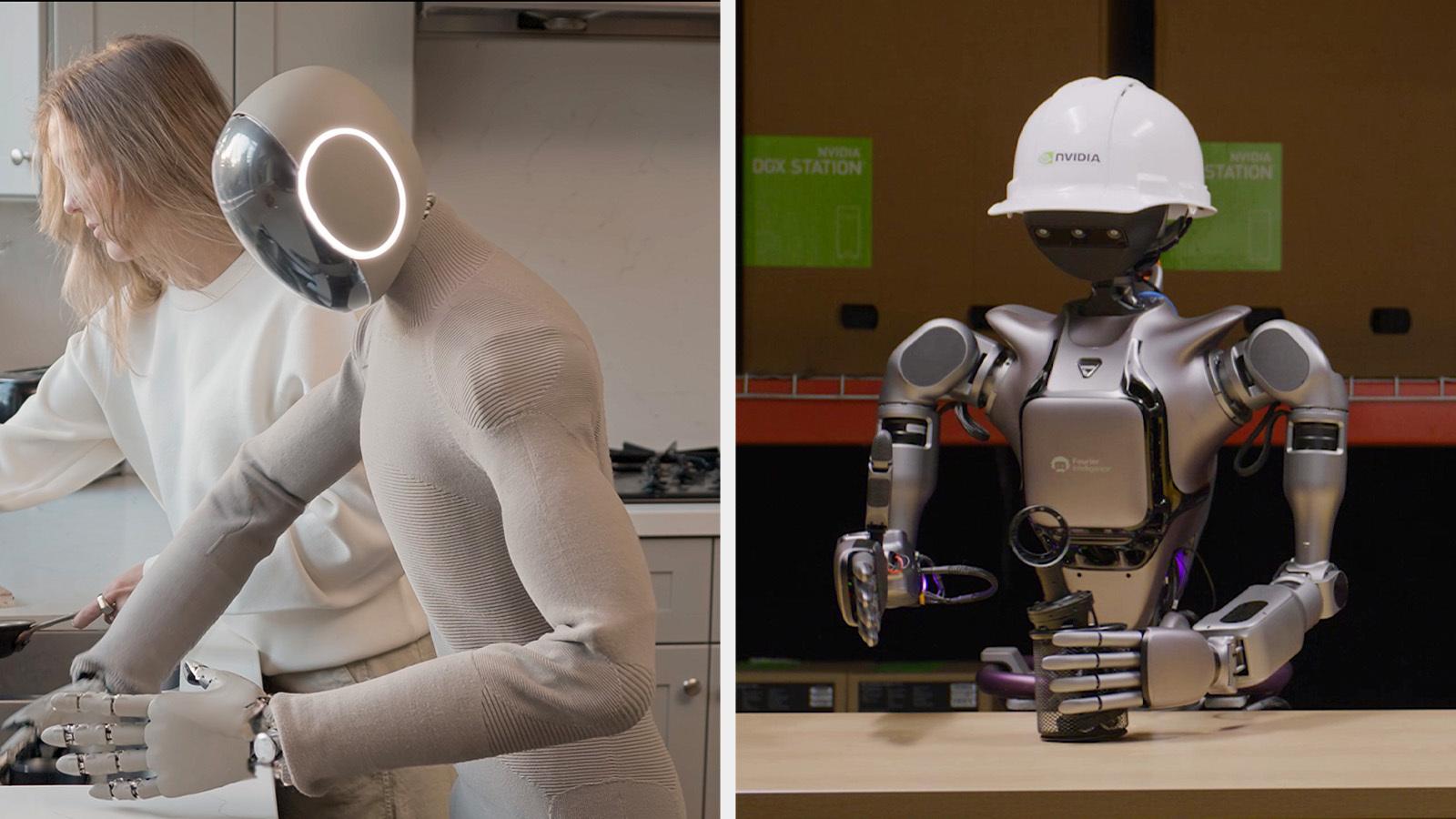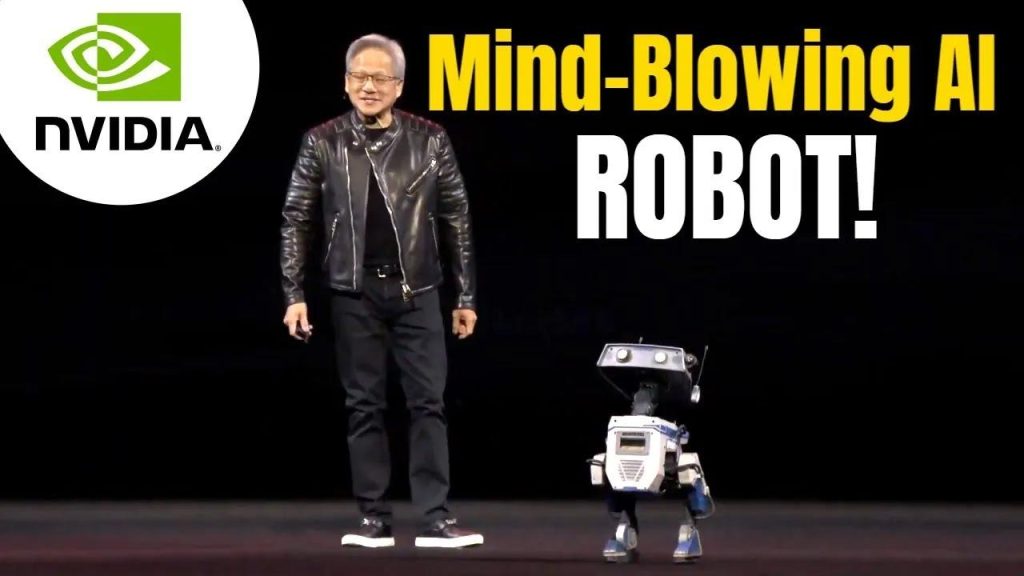As the global labor market faces a daunting crisis with an anticipated shortage of over 50 million workers by the end of the decade, the conversation about the future of robotics has taken center stage. Industry leaders emphasize the urgent need for robots to fill the gap left by a dwindling human workforce, underscoring the physical capabilities of robotics that digital solutions simply cannot replicate. With advancements in AI and robotics, sectors such as manufacturing and logistics are poised for a significant change, possibly creating a multi-billion-dollar industry. At the forefront of this revolution is a pioneering platform called Omniverse, designed to harness generative AI capabilities for robotics, promising to enhance training processes and expand operational environments. As innovation surges, experts warn that the rapid growth of robotics will dramatically reshape industries, making it imperative to keep a close watch on this burgeoning field.
The Rise of Robotics in a Labor-Short World
As traditional labor sources dwindle, the integration of robotic solutions is fast becoming essential across various industries. Advanced robotics technologies are now being designed not only to replicate human tasks but also to perform them with increased efficiency and precision. Key benefits of this integration include:
- Enhanced operational efficiency: Robots can work continuously without fatigue, which substantially boosts productivity.
- Cost reduction: Automating repetitive and manual tasks helps lower labor costs and minimizes human error.
- Safety improvements: Robots can operate in hazardous environments, reducing workplace accidents and ensuring employee safety.
NVIDIA’s GR00T N1 is set to accelerate these advancements even further. By leveraging cutting-edge AI capabilities, this platform facilitates the development of smart robotic systems that adapt to dynamic environments. Moreover, with powerful simulation and design tools embedded in the Omniverse framework, developers can efficiently train and test robots under various scenarios, ensuring optimal performance in real-world applications. The capabilities of GR00T N1 are not only reshaping contemporary robotics but are also setting the stage for future innovations that promise to redefine operational paradigms.
Transforming Data Challenges into Opportunities
The rise of intelligent automation heralds a new age of efficiency and adaptability in the robotics sector. Innovative platforms like GR00T N1 empower robots to navigate complex tasks in real-time, showcasing their ability to seamlessly integrate into existing workflows. This transformative leap presents unique advantages, including:
- Dynamic task management: Robots equipped with advanced AI can make decisions on the fly, prioritizing tasks based on real-time data.
- Scalable solutions: The adaptability of robotic systems allows businesses to modulate their robotic workforce according to demand fluctuations.
- Collaborative operations: The ability for robots to work alongside humans fosters a symbiotic relationship that enhances overall workforce productivity.
Truly groundbreaking, the GR00T N1 platform capitalizes on NVIDIA’s robust generative AI framework, enabling unprecedented levels of customization in robotic design and function. Developers can exploit tailored simulations to refine robots’ operating capabilities in diverse environments,ultimately leading to solutions that not only address current challenges but also anticipate future demands. By redefining the intersection of robotics and AI, this platform not only enhances operational effectiveness but also stimulates innovative approaches across various sectors, driving economic growth and paving the way for a smarter, more responsive industrial landscape.
Unleashing the Power of Omniverse and Generative AI
The convergence of NVIDIA’s Omniverse and generative AI has ushered in a new era for the robotics industry, where adaptability and innovation are paramount. The GR00T N1 platform empowers robots to harness real-time data, enabling autonomous decision-making that is crucial in unpredictable environments. Companies integrating this advanced technology are realizing benefits such as:
- Increased responsiveness: Robots designed with AI insights can react and adjust their functions based on immediate operational changes.
- Seamless interoperability: The Omniverse allows different robotic systems to communicate and collaborate,enhancing overall system efficiency.
- Enhanced user experience: Intuitive interfaces developed within the Omniverse simplify robot management, allowing technicians to focus on higher-level tasks.
Moreover,the potential for GR00T N1 extends beyond mere operational upgrades. It presents a revolutionary approach to the training and simulation of robots,granting developers the ability to create and test highly specific scenarios before deployment. This predictive capacity transforms the way robotics are introduced into diverse arenas, which can lead to significant advancements in sectors ranging from healthcare to logistics. With this powerful synergy, the landscape of robotics is not only evolving rapidly but is also poised for transformative breakthroughs that align with future market needs.
Reinforcement Learning and the Future of Robotics
The integration of reinforcement learning into robotics brings a revolutionary shift in how machines interact with their environment.By enabling robots to learn from their experiences,this technology enhances their ability to adapt to unforeseen challenges.With GR00T N1, robots equipped with reinforcement learning can optimize their decision-making processes in real-time, leading to more efficient and effective outcomes. Notable applications include:
- Self-enhancement: Robots can analyze their performance, learn from failures, and refine their actions continuously.
- Complex problem-solving: These systems can tackle multifaceted tasks that are beyond simple programmed instructions, adjusting strategies as necessary.
- Personalized responses: AI-driven robots can tailor their actions based on the unique needs of their operational environment.
As robotics evolve,the partnership with reinforcement learning enables machines to transition from being reactive to proactive. This shift not only enhances the operational capabilities of robots but also promotes safer and more collaborative environments for human coworkers. With platforms like GR00T N1 leading the charge, industries can look forward to a future where robots are not just tools but intelligent partners capable of contributing to decision-making processes while navigating through complex settings autonomously. This paradigm shift promises to unlock unprecedented efficiency and innovation across various sectors.























